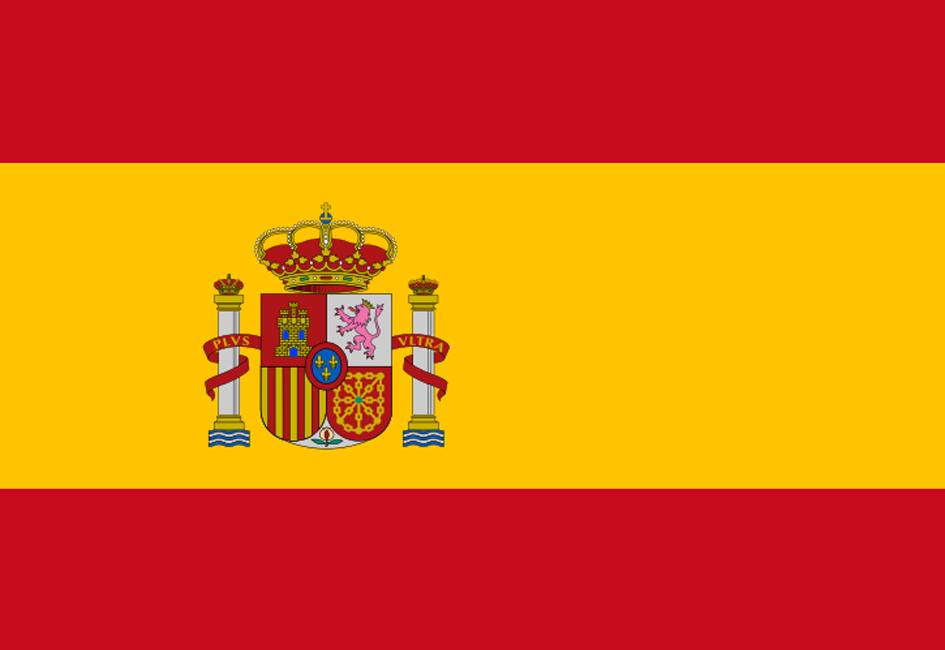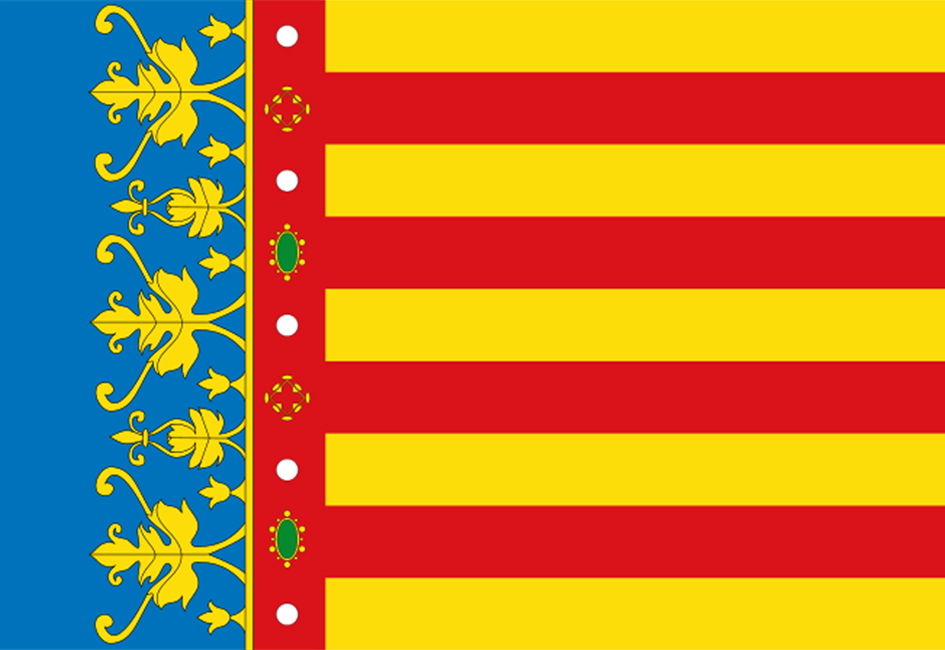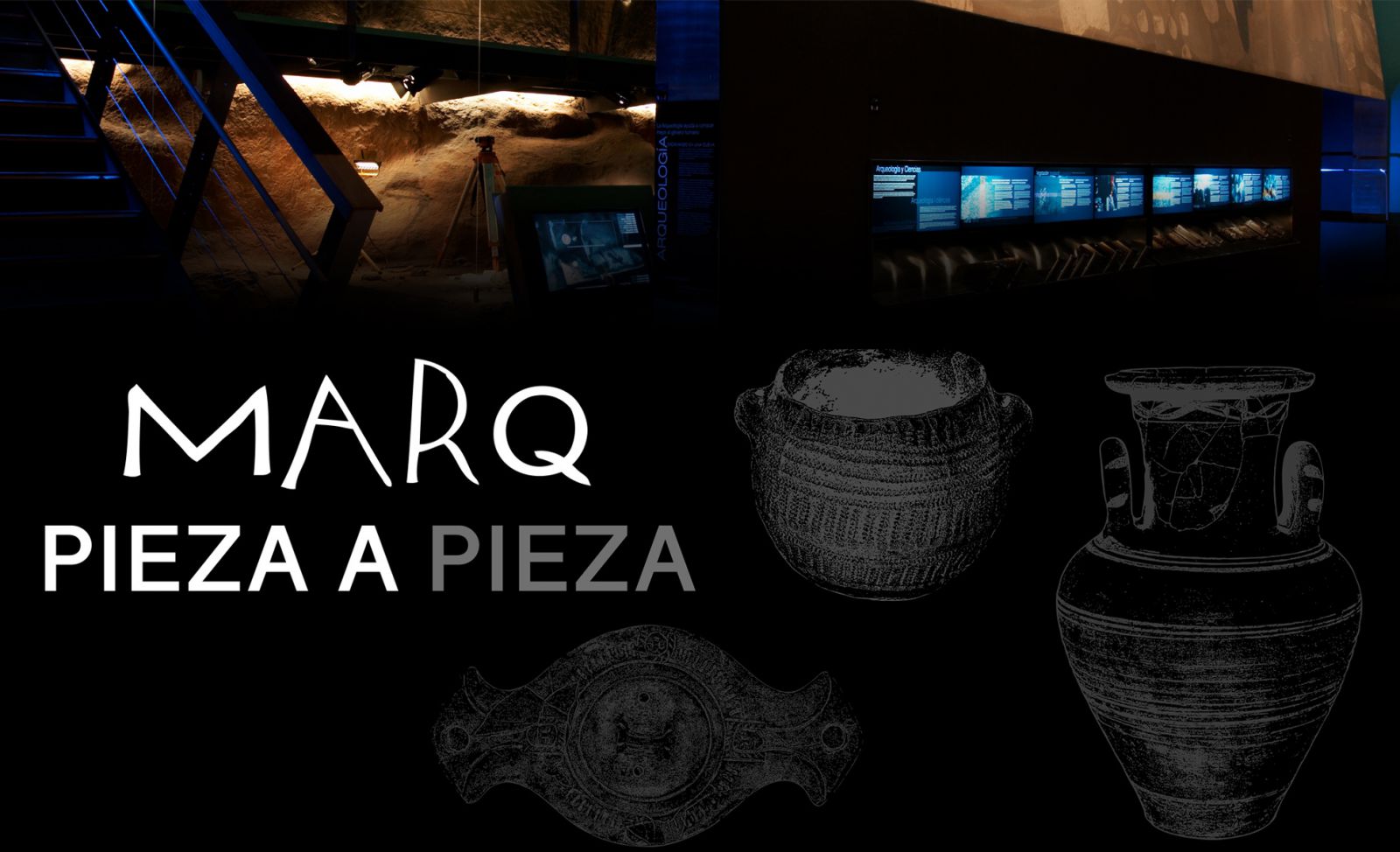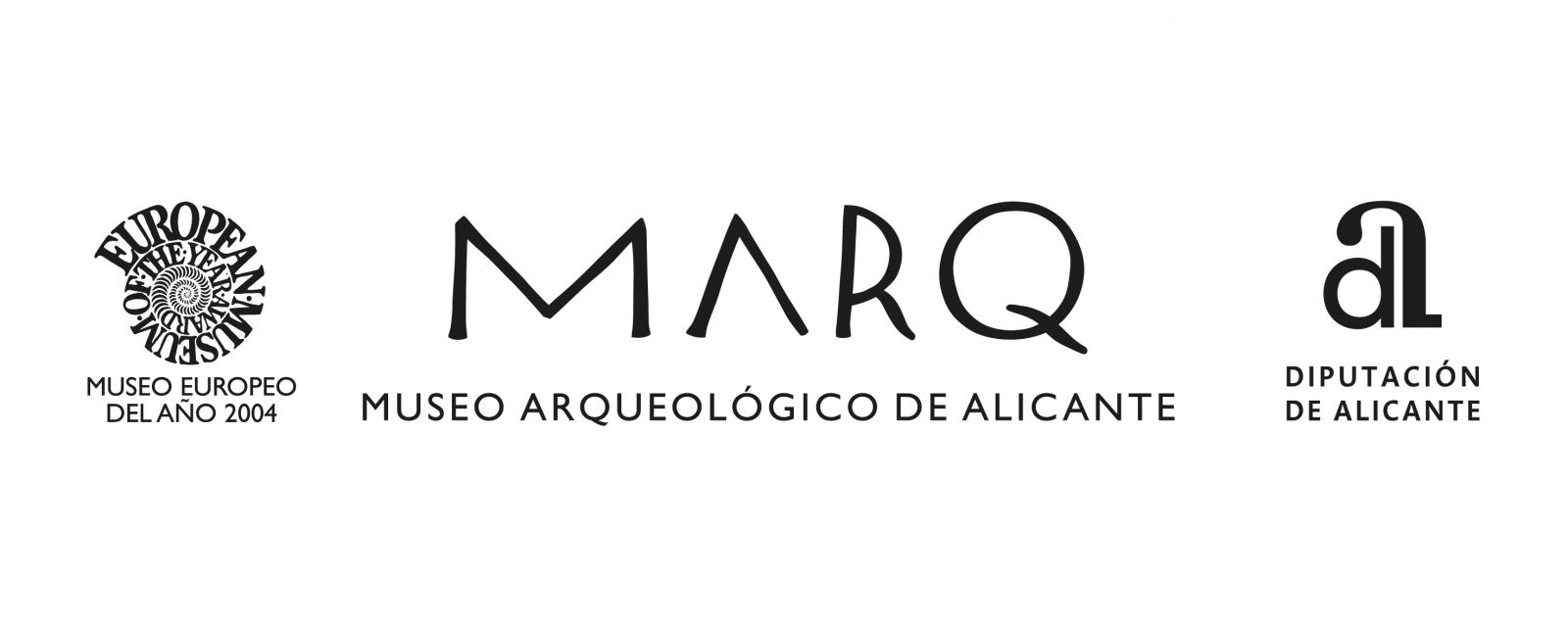
ORANTE (PLA DE PETRACOS, CASTELL DE CASTELLS)
Santuario de Pla de Petracos.

ORANTE (PLA DE PETRACOS, CASTELL DE CASTELLS)
Nos encontramos con una recreación del abrigo número V, uno de los que componen el conjunto pictórico del santuario de Pla de Petracos, situado en el término municipal de Castell de Castells.
Este santuario constituye uno de los más destacados ejemplos en toda Europa del Arte Macroesquemático y está declarado como Bien de Interés Cultural y Patrimonio de la Humanidad. En él podemos encontrar tanto representaciones pictóricas rupestres del citado Arte Macroesquemático como escenas del Arte Levantino.
Fue descubierto en 1980 y cuatro de los ocho abrigos que integran el conjunto conservan diferentes motivos de gran tamaño (algunos de hasta 1 m de altura) pintados en un rojo oscuro, representaciones adscritas al denominado Arte Macroesquemático, manifestación vinculada al Neolítico más antiguo y que es exclusivo del área montañosa del norte de la provincia de Alicante y áreas limítrofes de la provincia de Valencia.
La representación de la figura humana constituye el tema central, destacando los “orantes” con brazos extendidos hacia el cielo, implorando tal vez a la lluvia o a la fertilidad de la tierra. Junto a estas figuras, que a veces conforman parejas o grupos, abundan otros motivos geométricos, animales o vegetales.
Es posible observar que, nuestro “orante”, posiblemente una mujer, tiene la cabeza circular radiada y el cuerpo se resuelve con una ancha barra vertical sin detalles anatómicos. Las piernas, paralelas al tronco, se arquean hacia arriba, prolongándose hasta acabar en pequeños círculos bajo las axilas.
Observamos pequeños trazos perpendiculares al tronco, extremidades y cabeza, que dotan a la figura de un gran simbolismo sagrado. Además, entre los brazos se coloca otra figura humana, un poco más pequeña, que comparte algunos rasgos con la anterior, aunque en este caso las piernas se prolongan abiertas hacia abajo.
Los trazos son muchos más anchos que los del Arte Levantino o Esquemático, debido a que esta pintura densa y espesa, que procedería de pigmentos de origen vegetal o mineral, se aplicaba con pinceles gruesos o con los dedos.
Algunos motivos geométricos, como los serpentiformes que también vemos aquí a ambos lados del “orante”, han sido interpretados como representaciones vegetales en crecimiento. Todos estos elementos formarían parte del mundo simbólico de las primeras comunidades neolíticas asentadas en la zona hace unos 7000 años y constituirían la representación sacralizada de la fecundidad y la fertilidad, valores principales de los primeros agricultores y pastores.

ORANT (PLA DE PETRACOS, CASTELL DE CASTELLS)
Ens trobem amb una recreació de l’abric número V, un dels que componen el conjunt pictòric del santuari de Pla de Petracos, ubicat al terme municipal de Castell de Castells.
Aquest santuari constitueix un dels més destacats exemples en tota Europa de l’Art Macroesquemàtic i ha sigut declarat com Bé d’Interès Cultural i Patrimoni de la Humanitat. En ell podem trobar tant representacions pictòriques rupestres del esmentat Art Macroesquemàtic com escenes de l’Art Llevantí.
Va ser descobert al 1980 i quatre dels huit abrics que integren el conjunt, conserven diferents motius de gran dimensió (alguns de fins a un metre d'alçada) pintats d’un vermell fosc, representacions adscrites al anomenat Art Macroesquemàtic, manifestació vinculada al Neolític més antic i que és exclusiu de l’àrea muntanyosa del nord de la província d’Alacant i les àrees properes de la província de Valencia.
La representació de la figura humana constitueix el tema central, destacant els “orants” amb braços estesos cap al cel, potser, implorant a la pluja o a la fertilitat de la terra. Al costat d'aquestes figures, que de vegades conformen parelles o grups, abunden altres motius geomètrics, animals o vegetals.
És pot observar que, el nostre "orant", possiblement una dona, té el cap circular radiat
i el cos es resol amb una ampla barra vertical sense detalls anatòmics. Les cames, paral·leles al tronc, s'arquegen cap amunt, allargant-se fins a acabar en xicotets cercles sota les aixelles.
Observem xicotets traços perpendiculars al tronc, extremitats i cap, que doten a la figura d'un gran simbolisme sagrat. A més, entre els braços es col·loca una altra figura humana, una mica més xicoteta, que comparteix alguns trets amb l'anterior, encara que en aquest cas les cames s’allarguen obertes cap avall.
Els traços són molts més amples que els de l'Art Llevantí o Esquemàtic, pel fet que aquesta pintura densa i espessa, que provindria de pigments d'origen vegetal o mineral, s'aplicava amb pinzells gruixuts o amb els dits.
Alguns motius geomètrics, com els serpentiformes que també veiem aquí als costats de “l’orant", han estat interpretats com a representacions vegetals en creixement. Tots aquests elements formarien part del món simbòlic de les primeres comunitats neolítiques assentades a la zona fa uns 7000 anys i constituirien la representació sacralitzada de la fecunditat i la fertilitat, valors principals dels primers agricultors i pastors.

PRAYER (PLA DE PETRACOS, CASTELL DE CASTELLS)
We find a recreation of shelter number V, one of those that make up the pictorial ensemble of the sanctuary of Pla de Petracos, located in the municipality of Castell de Castells.
This sanctuary is one of the most outstanding examples of Macro-Schematic Art in Europe and is declared a Site of Cultural Interest and World Heritage Site. In it we can find both pictorial cave representations of the aforementioned Macro-Schematic Art and scenes of Levantine Art.
It was discovered in 1980 and four of the eight coats that make up the ensemble have different large motifs (some up to 1 m high) painted in a dark red, representations attributed to the so-called Macroesquematic Art, manifestation linked to the oldest Neolithic and which is exclusive to the mountainous area of the north of the province of Alicante and bordering areas of the province of Valencia.
The representation of the human figure is the central theme, highlighting the “prayer” with arms stretched out towards the sky, perhaps imploring the rain or the fertility of the earth. Alongside these figures, which sometimes form pairs or groups, there are other geometric, animal or plant motifs.
It is possible to observe that our “prayer”, possibly a woman, has a radiated circular head and the body resolves with a wide vertical bar without anatomical details. The legs, parallel to the trunk, are arching upwards, extending until ending in small circles under the armpits.
We observe small strokes perpendicular to the trunk, limbs and head, which endow the figure with a great sacred symbolism. In addition, between the arms is placed another human figure, a little smaller, that shares some features with the previous one, although in this case the legs are extended open downwards.
The strokes are much wider than those of the Levantine or Eschematic Art, because this thick and thick paint, which would have come from pigments of vegetable or mineral origin, was applied with thick brushes or fingers.
Some geometric motifs, such as the serpentiforms that we also see here on both sides of the “ora”, have been interpreted as growing plant representations. All these elements would form part of the symbolic world of the first Neolithic communities settled in the area some 7,000 years ago and would constitute the sacred representation of fecundity and fertility, the main values of the first farmers and shepherds.



